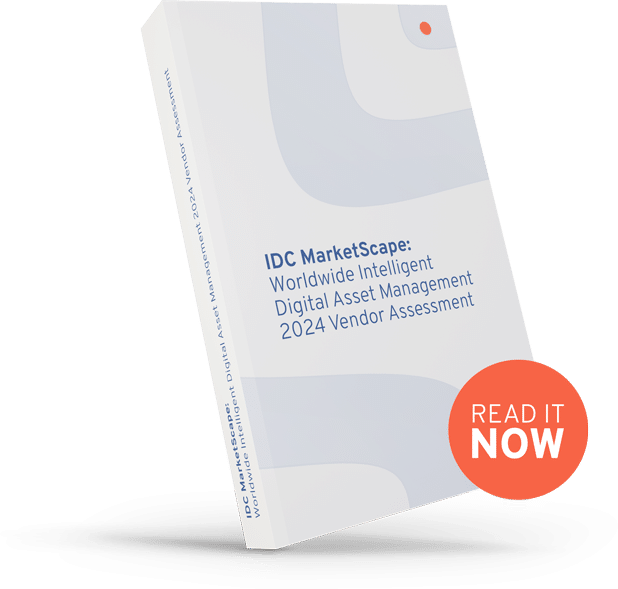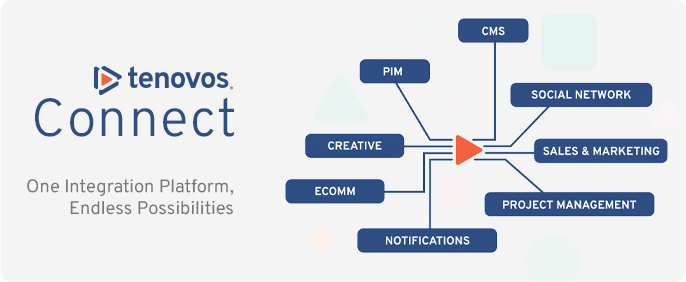If you’re like nearly 90 percent of today’s digital marketers, you’re prioritizing around content marketing this year. You also know content marketing today requires engaging, rich, personalized campaigns to cut through the clutter. You might even work with some of the most brilliant digital marketing masterminds to create perfectly targeted campaigns.
But that’s only half the battle.
The tools you choose for marketing technology can bring even the most intelligent campaigns to a standstill. Many Digital Asset Management (DAM) solutions fall short in fostering a truly holistic creative value chain, with tools for collaboration, distribution, and reporting existing in separate silos or missing altogether.
The problem can be exacerbated when generating personalized digital content on a global scale. Potentially the bigger and more diverse your audiences, the bigger and more diverse your creative value chain problems. All too often, marketing and creative ecosystems are disconnected, with some assets onsite and others in the cloud. Agencies and clients aren’t on the same page because visibility into the process is limited. And data aggregation is limited so ROI can’t be measured accurately.
The key to fixing these problems is to connect your martech stack in a way that will break down silos and automate redundant tasks, making the end-to-end content marketing process efficient and effective.
Start with these five steps:
Identify what content exists where
With increased sophistication in personalized content marketing, brands have millions of assets to manage. Redundancy and version control are critical problems as various teams use different systems to store and manage these assets. They may have assets spread out among multiple repositories such as DAM, Google Drive, and Dropbox that need to connect to, and gather data from, other business systems like MRM (Marketing Resource Management), and ERP (Enterprise Resource Management), to name a few. That’s OK, but now is the time to take inventory and understand where those files exist.
Connect disparate Martech systems
The next step is to connect these disconnected systems and applications so they can be visualized in one comprehensive platform. Cloud-native SaaS platforms have come of age over the past few years, finally allowing for the optimization of end-to-end marketing processes, a full 360-degree view of product content, and the capability to generate meaningful connections between assets based on metadata and product information. Once connected to a sophisticated microservices-based platform with Graph databases, tasks like finding a specific digital ad for an upcoming product launch no matter who created it or where it’s stored can be performed easily and instantly.
Visualize and map creative workflows
With everything under one lens, you can dramatically increase the productivity of your creative value chain. A fully modular platform will help you manage all content, media, workstreams, and analytics. Work can be assigned, tracked and approved, campaigns can be intelligently budgeted, and timeline issues can be mitigated. You may even be able to automate routine tasks to better streamline processes and increase the speed of producing content.
Aggregate data from different sources
Woefully missing from the siloed creative value chain is the ability to analyze content performance reliably. Bring the data together, and suddenly trends, forecasts, and predictions are clearly within reach. Again, depending on the sophistication of the tools you use, performance can be analyzed by channel, agency, asset, project, campaign- whatever variables necessary. With this data, you can measure creative operations and distribution results, and you can test and model varying digital marketing scenarios.
Optimize for the future
Finally, use AI/ML technology that turns the data you gather into actionable intelligence. Why? To better gauge and understand user behavior and interests across content while identifying trends and patterns to enrich decision making and delivering deeper, better targeted personalized customer experiences. It all comes together to capitalize and improve on the efficiency of an entire creative value chain—from ideation to ROI.
You might have the people and processes in place but connected technology is the key to making personalized, globalized content marketing efforts pay off. Couple this with leveraging SaaS and AI/ML intelligent tools and your ability to generate truly engaging, rich content at scale will have no limits.
Interested in furthering the conversation? Let’s talk.



